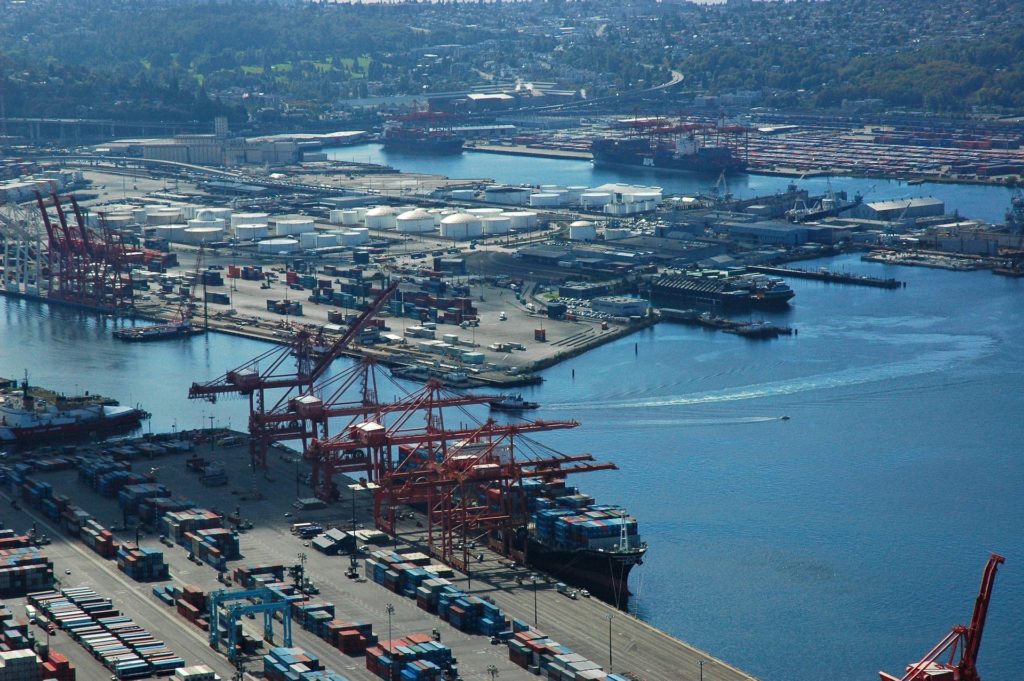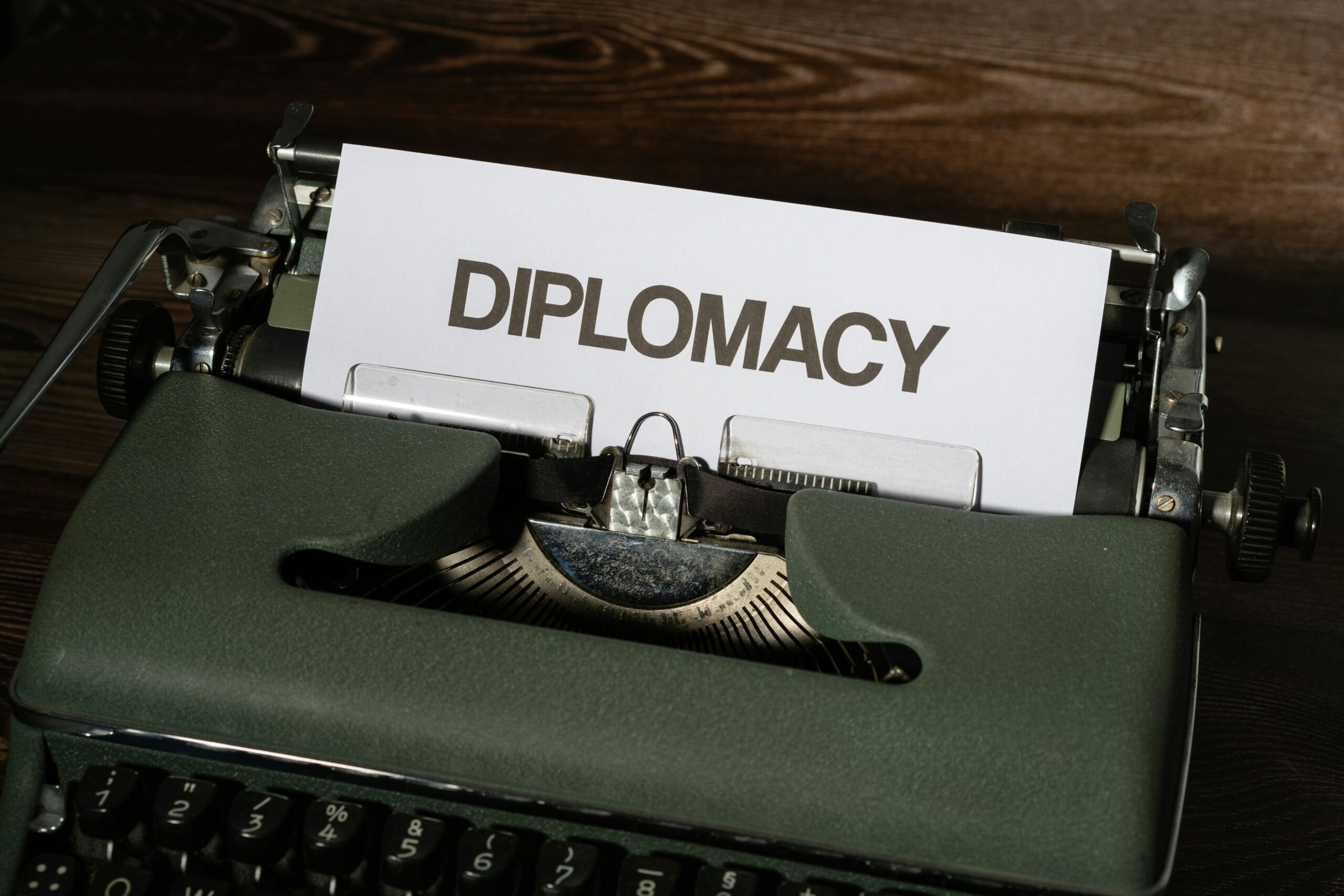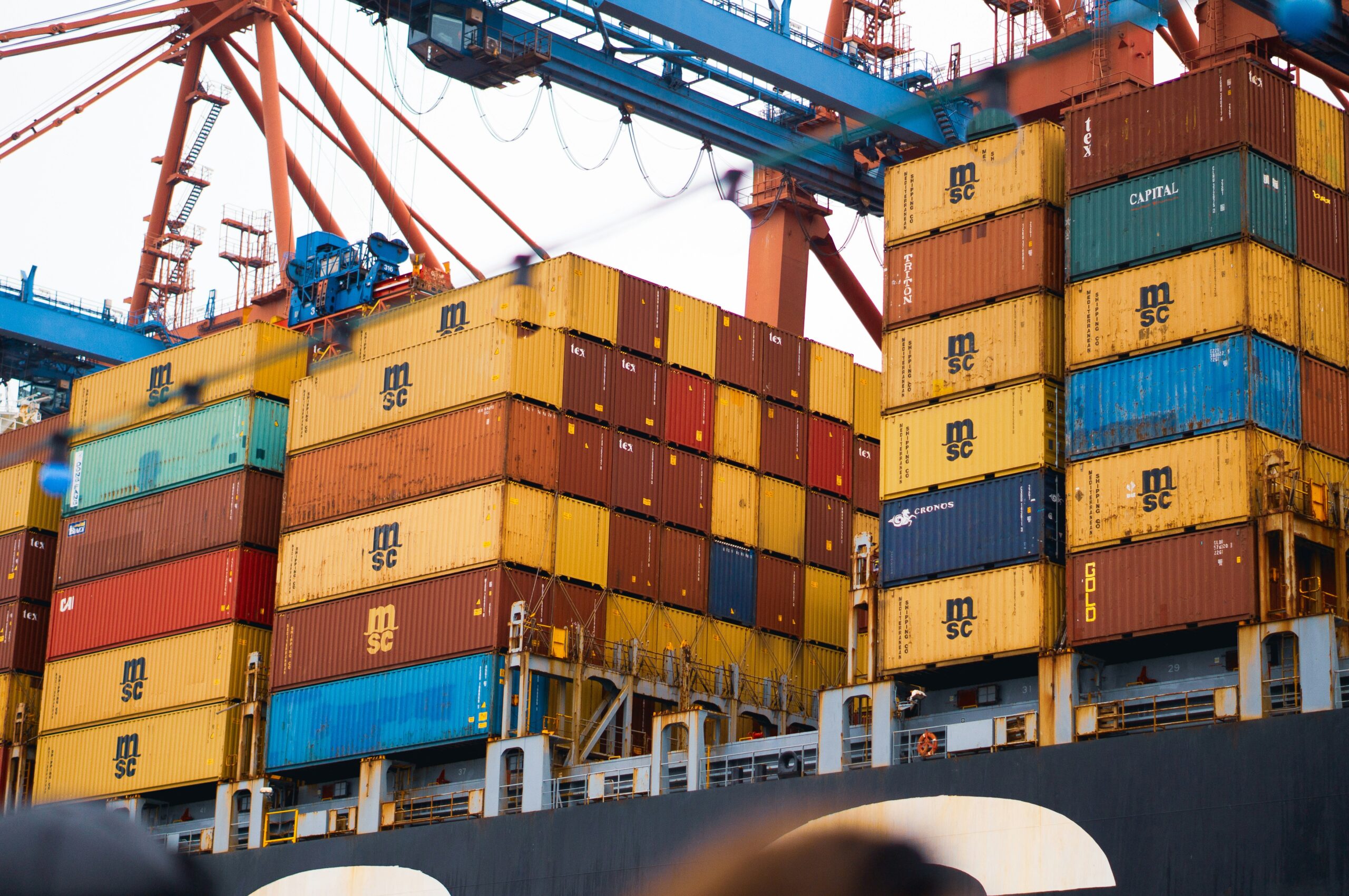Members of the Pacific Islands Forum (the Forum Island Countries plus Australia and New Zealand) are party to the umbrella agreement known as the Pacific Agreement on Closer Economic Relations (PACER). It offers a framework for how trade cooperation will develop in the future. It was initially signed on August 18, 2001, in Nauru, and went into effect on October 3, 2002. It is a framework agreement that provides a roadmap for the future growth of trade and economic ties throughout the whole Forum region.

PACER Plus
The Pacific Agreement on Closer Economic Relations (PACER Plus) is a historic trade and development agreement that will improve living standards, generate jobs, and increase exports from countries in the Pacific Islands. It will also lower barriers and give Pacific-based businesses more security. The deal adds additional trade liberalization and development assistance to the already-existing Pacific Agreement on Closer Economic Relations (PACER).
Membership
Nine PIF countries, including Australia, Cook Islands, Kiribati, New Zealand, Niue, Samoa, Solomon Islands, Tonga, and Tuvalu, ratified the Agreement and are now Parties to it as of the Agreement’s entry into force on December 13, 2020. Nauru and Vanuatu, two new signatories, have signed but have not yet ratified.
Components
Some of the components of the PACER Plus agreement are:
Rules of Origin
The nationality of the commodities traded in commerce is determined by their origin. The tariffs and taxes that apply to a product when it is exported overseas depend on its origin. In general, PACER Plus adheres to the same Rules of Origin (RoO) principles as other Pacific trade agreements. Only goods that can be proven to be “originating goods” of one or more Parties of PACER Plus are eligible for preferences. According to the approach, the products must, in general, be entirely manufactured in the PACER Plus Party or, in the case of non-originating commodities, considerably altered within the Party (or Parties), by the cumulation provisions.
Tariffs
The main objective of PACER Plus is to lower barriers to economic activity and growth while accounting for the vast disparities in population sizes and levels of development between national partners and the Pacific Island countries. With Australia and New Zealand pledging to promptly lower tariffs to zero when conducting business with partner states, reductions in tariffs are essential to achieving this aim. The nations of the Pacific Islands have likewise committed to this target over 25 years, with the levels of reductions varying according to each country’s situation.
Customs
When it comes to applying best practices and international standards, PACER Plus is aware of the disparities between the Customs Administrations’ capacities and institutional development. As a result, several of the obligations that Parties must fulfill are dependent upon the delivery of technical assistance under the Work Programme for Development & Economic Cooperation. Businesses will profit from the PACER Plus region’s customs commitments thanks to faster cargo releases and improved border efficiency. The cost of trade should decrease as a result, and traders should experience streamlined customs processes.
Technical Barriers to Trade
The primary goal of the PACER Plus agreements is to lower barriers to economic activity and growth while considering the vast variations in population sizes and levels of development between national partners and the Pacific Island countries. With Australia and New Zealand pledging to promptly lower tariffs to zero when conducting business with partner states, reductions in tariffs are essential to achieving this aim. The nations of the Pacific Islands have likewise committed to this target for over 25 years, with the levels of reductions varying according to each country’s situation.
Labour Mobility Agreement
The PACER Plus Agreement acknowledges labor mobility as a crucial trade effort among Australia, New Zealand, and Pacific Island countries that generate shared economic benefits for the entire area. The purpose of the Arrangement on Labour Mobility is to improve participant cooperation in Pacific labor mobility. The Arrangement on Labour Mobility is closely related to the PACER Plus Agreement, where Chapters are in place for the Movement of Natural Persons and more concentrated on the mobility of skilled labor and business-related travel and employment. The Arrangement on Labour Mobility is primarily concerned with labor markets for low- or semi-skilled workers. The main goals of the Arrangement are generally centered on cooperation between all Participants, facilitating information sharing, enabling the development of more reliable systems, improving access to labor markets and related services and support, as well as promoting economic outcomes associated with labor mobility programs in the region.
Most-Favoured Nation (MFN)
The PACER Plus Agreement imposes a commitment on all members to accord all non-parties the same treatment, instantly and unconditionally. When an FTA partner negotiates an FTA with a third country that has liberalization commitments or faster liberalization about those goods, but excludes some goods from liberalization or hasn’t finished its scheduled liberalization, MFN tariff treatment offers a guarantee of non-discrimination. This implies that any improvements to agreements among party member states will then benefit all taking part members. If one country negotiates a free trade agreement, the other member states will be able to take advantage of its benefits.



